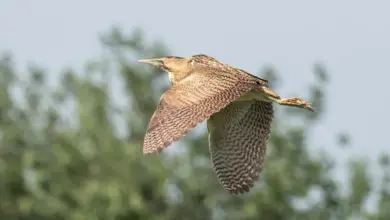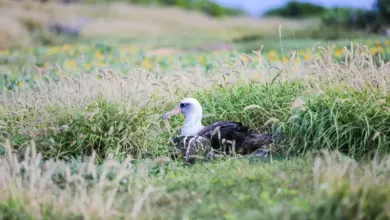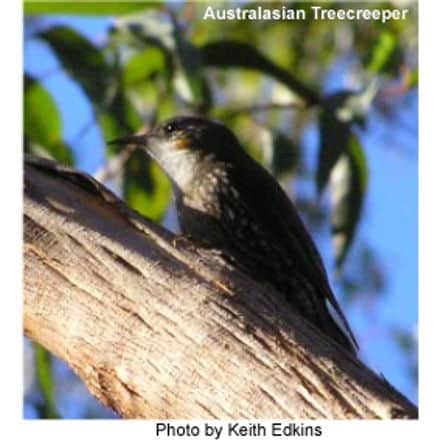Yellowbills, also known as Green Malkohas
Cuckoos
The Yellowbill (Ceuthmochares aereus) is a species of cuckoo in the Cuculidae family. The species is sometimes known as the Green Malkoha. It is monotypic (one single species) within the genus Ceuthmochares.
Description
There are three subspecies that display some differences in plumage colouration; all subspecies have a greyish belly, head, and throat but
- C. aereus aereus has a greenish and blue tail, wings, and back,C. aereus australis has a green tail, wings, and back and C. aereus flavirostris has a blue tail, wings and back.
All subspecies have a heavy yellow bill which gives the species its name.
The species has sometimes been split into two species, a northern species the Chattering Yellowbill C. aereus and the southern species Whistling Yellowbill, C. australis.
Distribution
It has a widespread distribution across the tropical evergreen forests of Africa, including West and Central Africa, and the down the coast of Eastern Africa from Kenya to South Africa. It ranges from dense forest to riverine forest and forest edges, with one small population in Ethiopia living in arid bushland. In the forest it typically lives in the subcanopy at between 8-30 m.
The Yellowbill is an uncommon species and rarely observed due to its secretive behaviour. However it is not considered threatened, and is listed as least concern by the IUCN.
Diet / Feeding
The Yellowbill feeds primarily on insects, particularly caterpillars, beetles, grasshoppers and crickets; it will also take frogs, slugs, fruit, seeds and leaves. It moves through the tangled vegetation with a series of small hops, snatching prey as it travels. It will accompany other birds and squirrels, taking the insects flushed by them.
Breeding / Nesting
Unlike some other cuckoos the Yellowbill is not a brood parasite, instead it cares for its own young. The breeding behaviour has been observed for the southern subspecies (australis), the male and female face each other, first wagging their tails from side to side, then spreading them. The male also engages in gift giving, presenting the female with prey, then mounting her and feeding her while mounted.
Two white and creamy eggs are laid in a nest that is a rough mass of sticks suspended around 2-5 m above the ground. Both parents care for the young.
Copyright: Wikipedia. This article is licensed under the GNU Free Documentation License. It uses material from the Wikipedia.org.
Please Note: The articles or images on this page are the sole property of the authors or photographers. Please contact them directly with respect to any copyright or licensing questions. Thank you.





